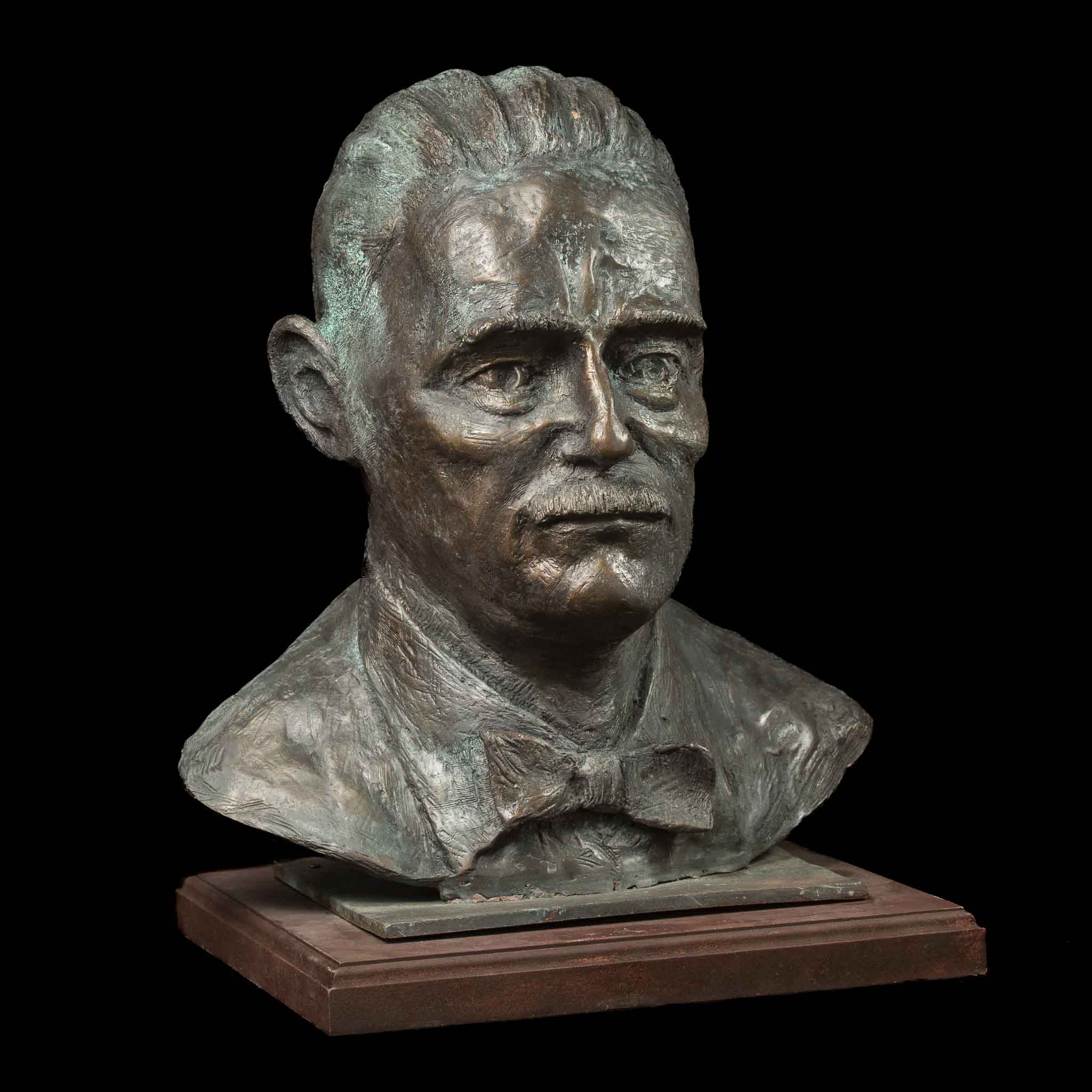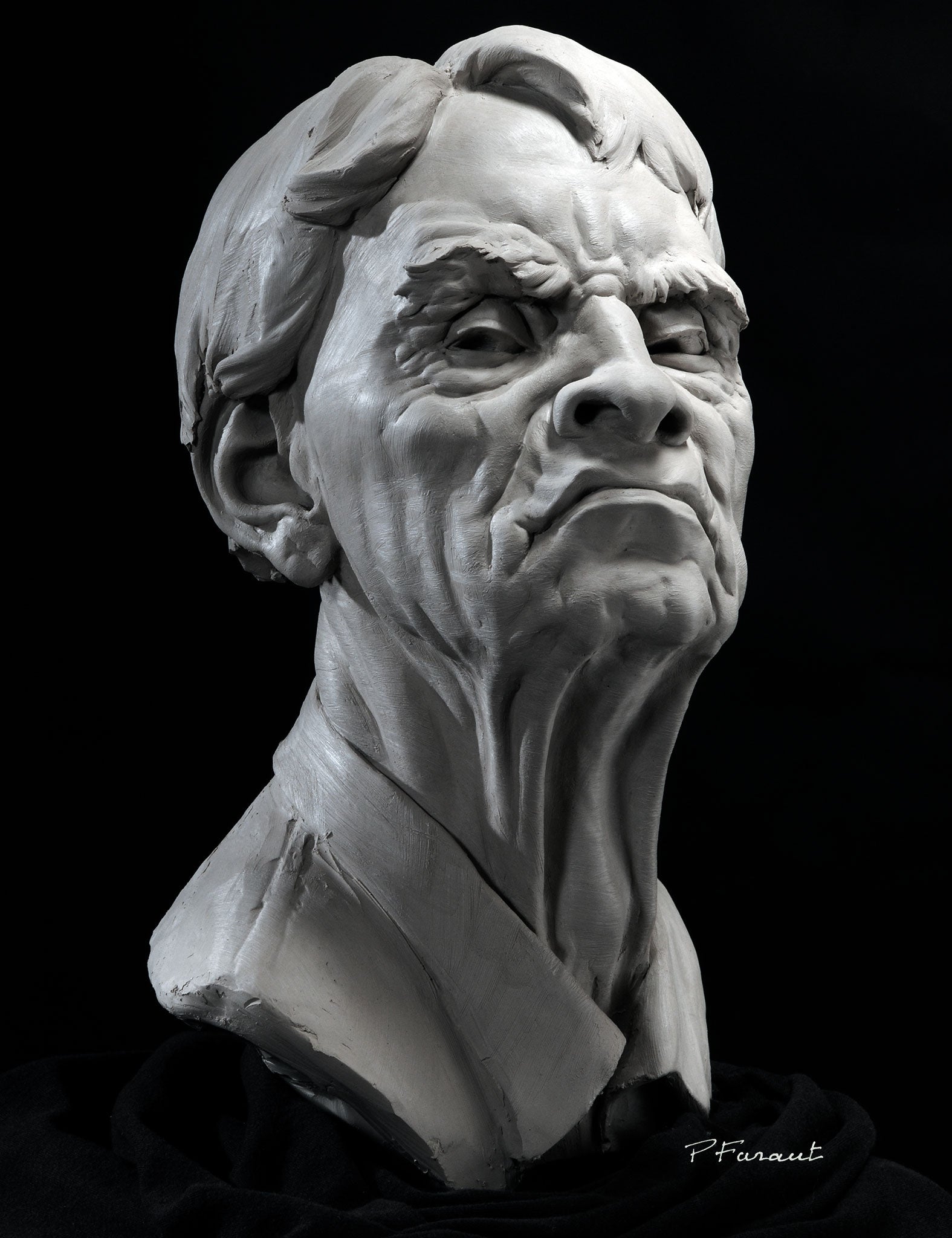The Evolution of Sculptures: From Old to Modern
The Advancement of Sculptures: From Old to Modern.
Sculpture, one of the earliest types of art, has been an integral part of human people for centuries (Bronze Sculptures). From the old civilizations of Egypt and Greece to the contemporary age, sculptures have progressed, mirroring adjustments in imaginative techniques, materials, and cultural influences. This journey through time traces the growth of sculptures, exploring the shifts stylishly, subject matter, and artistic expression
Beginning with the ancient world, sculptures crafted from stone and later bronze captured the significance of divine beings, leaders, and daily life. The Renaissance duration saw a resurgence of classic sculpting strategies, as musicians looked for to replicate the stylish forms of old Greek and Roman sculptures. In the modern-day age, musicians challenged standard borders, embracing abstraction and trial and error with brand-new materials.

This expedition will certainly delve right into the diverse evolution of sculptures, disclosing the abundant tapestry of creative expression across different durations and cultures.
Old Sculptures: From Rock to Bronze
Ancient sculptures transitioned from being sculpted out of stone to being cast in bronze. Rock sculptures, while remarkable in their very own right, were limited by the nature of the material.
The intro of bronze as a tool for sculptures produced a transformation in artistic expression. Bronze provided artists the chance to develop intricate and realistic forms that were not possible with rock. The procedure of casting bronze permitted the development of numerous duplicates of a sculpture, enabling larger circulation and preservation of these artistic masterpieces.
The shift from rock to bronze additionally saw a change in the topic of sculptures. While rock sculptures predominantly portrayed gods, sirens, and mythical numbers, bronze sculptures began to mirror a broader range of subjects, including daily people and animals. This expansion of subject showcased the convenience and adaptability of the bronze medium.
Renaissance Resurgence: Shaping in the Timeless Design
The Renaissance rebirth of sculpture observed a renewal in the timeless design, structure upon the advancements made during the transition from stone to bronze in old sculptures. Throughout this duration, artists sought to recreate the timeless aesthetic and perfects of elegance that were prevalent in ancient Greek and Roman sculptures.
One of the key characteristics of the Renaissance revival was the emphasis on naturalism and the human form. Sculptors like Donatello and Michelangelo make every effort to record the physiological details and expressions of their subjects with unmatched precision. They examined the human body and integrated their observations into their sculptures, causing lifelike and practical representations.
An additional vital facet of the Renaissance rebirth was the expedition of point of view and depth. Artists made use of strategies such as contrapposto, where the weight of the body is shifted to one side, developing a feeling of motion and dynamism. They likewise trying out different materials, consisting of marble and bronze, to achieve a degree of elegance and details in their sculptures.
The timeless design of the Renaissance resurgence had an extensive impact on later periods of art, functioning as a foundation for the growth of Western sculpture. It brought a renewed gratitude for the beauty and grandeur of the human type, and its legacy can still be seen in modern sculptures today.
Innovation and the Avant-Garde: Damaging Typical Borders

One of the vital features of modernist sculpture was the emphasis on abstraction. Carvers moved far from practical representations and instead focused on catching the essence of the subject through simplified kinds and geometric forms. This separation from standard depiction enabled artists to reveal their feelings and concepts in an extra individual and subjective way.
Moreover, the progressive motion challenged societal standards and conventions, urging artists to experiment and push the boundaries of their art - Contemporary Sculptures. Carvers began incorporating non-traditional products such as found things, commercial materials, and even all-natural aspects into their job. This exploration of new products and methods not just increased the possibilities for sculpture however additionally tested the traditional ideas of what could be thought about art
Contemporary Sculptures: Exploring New Products and Concepts
With a concentrate on checking out new products and concepts, modern sculptures have transformed the area of art. Artists today are pressing the limits of traditional sculpture by experimenting and using innovative products with abstract principles. These sculptures test standard notions of form, materiality, and significance, inviting viewers to participate in a provocative and new artistic experience.
Contemporary artists are embracing a wide variety of products, consisting of plastic, glass, metal, and also natural issue. Portrait Sculptor. They are not restricted to the conventional medium of rock or clay, enabling higher freedom of speech and trial and error. This shift in the direction of unconventional materials has actually opened brand-new opportunities for musicians to create sculptures that are dynamic, interactive, and visually striking
In enhancement to discovering new products, modern sculptures additionally dive into complex and abstract concepts. Musicians are currently discovering motifs such as identity, social problems, and the setting, making use of sculpture as a powerful medium for social discourse and self-questioning. These sculptures test customers to assume seriously and involve with art on a much deeper degree, stimulating discussions and prompting psychological feedbacks.
International Impacts: Sculptural Practices From All Over The World

In ancient Egypt, sculptures were created mainly for religious and funerary purposes. The renowned sculptures of gods and pharaohs, such as the Great Sphinx and the breast of Queen Nefertiti, display the Egyptians' mastery of rock carving and their idea in the afterlife.
In ancient Greece, sculpture reached its top during the classic period. Influenced by the ideals of elegance, consistency, and proportion, Greek sculptures stressed the human kind and celebrated the accomplishments of heroes, gods, and professional athletes. The famous sculptures of Aphrodite of Knidos and the Discobolus exemplify the Greeks' pursuit of excellence in sculptural art.
In old Rome, sculpture served both imaginative and political purposes. Portrait Sculptor. Roman sculptures typically illustrated emperors, generals, and mythological numbers, mirroring the power and splendour of the realm. The marble statue of Augustus of Prima Porta and the huge Arc of Constantine are noteworthy examples of Roman sculptural success
Oriental sculptural practices, particularly in India, China, and Japan, have likewise had an extensive effect on the development of sculptures. Japanese sculptures, influenced by Buddhism, highlight simplicity and serenity, seen in the serene sculptures of Buddha and the classy art of bonsai.
The international influences on sculpture continue to progress in the modern age. Musicians today draw ideas from various sculptural customs, including new materials, strategies, and concepts to produce cutting-edge and thought-provoking art work. The combination of various cultural influences has offered surge to a vibrant and varied sculptural landscape, reflecting the interconnectedness of our global society. As we seek to the future, it is particular that the global influences on sculpture will remain to shape and redefine this ancient art type.
Conclusion
In conclusion, the advancement of sculptures has actually seen a change from old rock and bronze functions to the classic revival during the Renaissance. Today, modern sculptures discover brand-new products and ideas, while also drawing ideas from international sculptural customs - Equine Sculptures.
From the old civilizations of Egypt and Greece to the modern-day era, sculptures have actually progressed, mirroring changes in creative methods, products, and social influences.Beginning with the old globe, sculptures crafted from rock and later on bronze captured the essence of deities, rulers, and day-to-day life.Ancient sculptures transitioned from being sculpted out of rock to being cast in bronze. While rock sculptures primarily depicted gods, sirens, and mythical figures, bronze sculptures started to show a broader array of topics, consisting of everyday people and animals.In conclusion, the development of sculptures has seen a shift from ancient stone and bronze works to the classical resurgence throughout the Renaissance.